Pheasant berry / Spring / Summer / Autumn / Edible
A non-native member of the Honeysuckle family, it’s originally from China and the Himalaya’s and was introduced to the UK by the Victorians. The berries have a strong toffee like flavour. It’s a deciduous shrub-like plant.
Common Names
Pheasant berry, Himalayan Honeysuckle, Flowering nutmeg, Partridge berry, Chocolate berry.
Botanical Name
Leycesteria formosa
Scientific Classification
Kingdom – Plantae
Order – Dipsacales
Family – Caprifoliaceae
Physical Characteristics for Pheasant berry
Stems
The stems are hollow, they range from green to red in colour and can be up to 3m long. They are soft and flexible when young but become almost woody with age.
Leaves
The leaves grow in opposite pairs along the stems, are roughly elongated heart shaped, deep green and have wavy edges. Up to 15cm long.
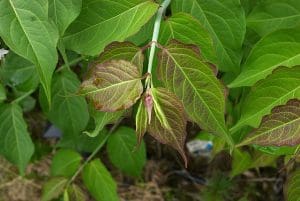
Flowers
The individual flowers are tiny and can be white or pink, they are roughly trumpet shaped. The flowers are attached to the stem by a pink/purple bract and they grow in elegant layers on long, dangling racemes.
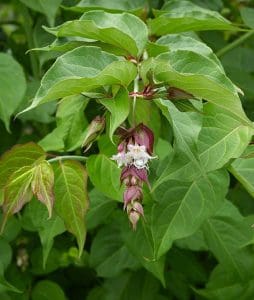
Fruits
The plant produces round, berries that are pink and hard when unripe, they become almost black and soft when ready to eat. They almost hide under the purple bract. Roughly 1cm in diameter, with a little tuft on the end where the flower used to be.
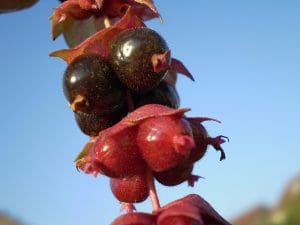
Habitat
It’s an introduced species and is most often found planted in parks and gardens but some that have self-seeded do appear in the wild.
Known Hazards
None Known
Could be Confused with
It’s a really distinctive plant once the flowers and berries appear so it would be difficult to confuse it with anything else.
Edible Uses
The berries when ripe have an unusual caramel/toffee flavour, they are very bitter when unripe.
The berries do all ripen at different times and they often explode as you pick them. I tend to freeze them until I have gathered enough for a recipe. They work well in jams, jellies and sauces. I have also dipped them in chocolate before which was a great and easy way to use them.
Notes on Herbal Uses
The plant has a long history in traditional Chinese medicine where it is known as ‘Ghost flute’. It has been used for millennia and is used to treat a wide range of ailments including removing excess dampness and heat, to promote blood circulation, stop bleeding, treat arthritic pain, asthma, irregular menstruation, cystitis and bone fracture.
As it’s an introduced species it doesn’t have much history of use in this country and research is ongoing but early trials suggest that it has anti-diabetic properties, is cardio- and neuroprotective, and it shows anticancer and anti-inflammatory activity.
The berries are also very high in Vitamin C, oranges contain 31 mg per 100 g of Vitamin C whereas Pheasant berries have up to 186 mg per 100g!
It is also a good sources of potassium, calcium and magnesium.
Extra notes from the Foragers
The plant became a common species on large country estates in Victorian times. It was grown as the berries are loved by pheasants hence its common name.
References:
https://www.ncbi.nlm.nih.gov/pmc/articles/PMC7037556/
https://en.wikipedia.org/wiki/Leycesteria_formosa



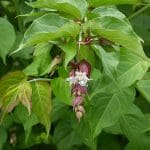
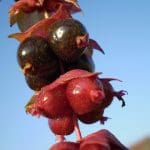
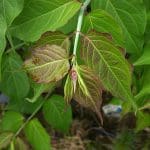
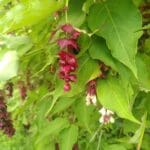
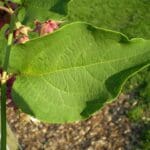
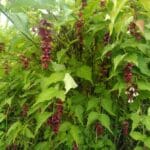



Leave a Reply
You must be logged in to post a comment.